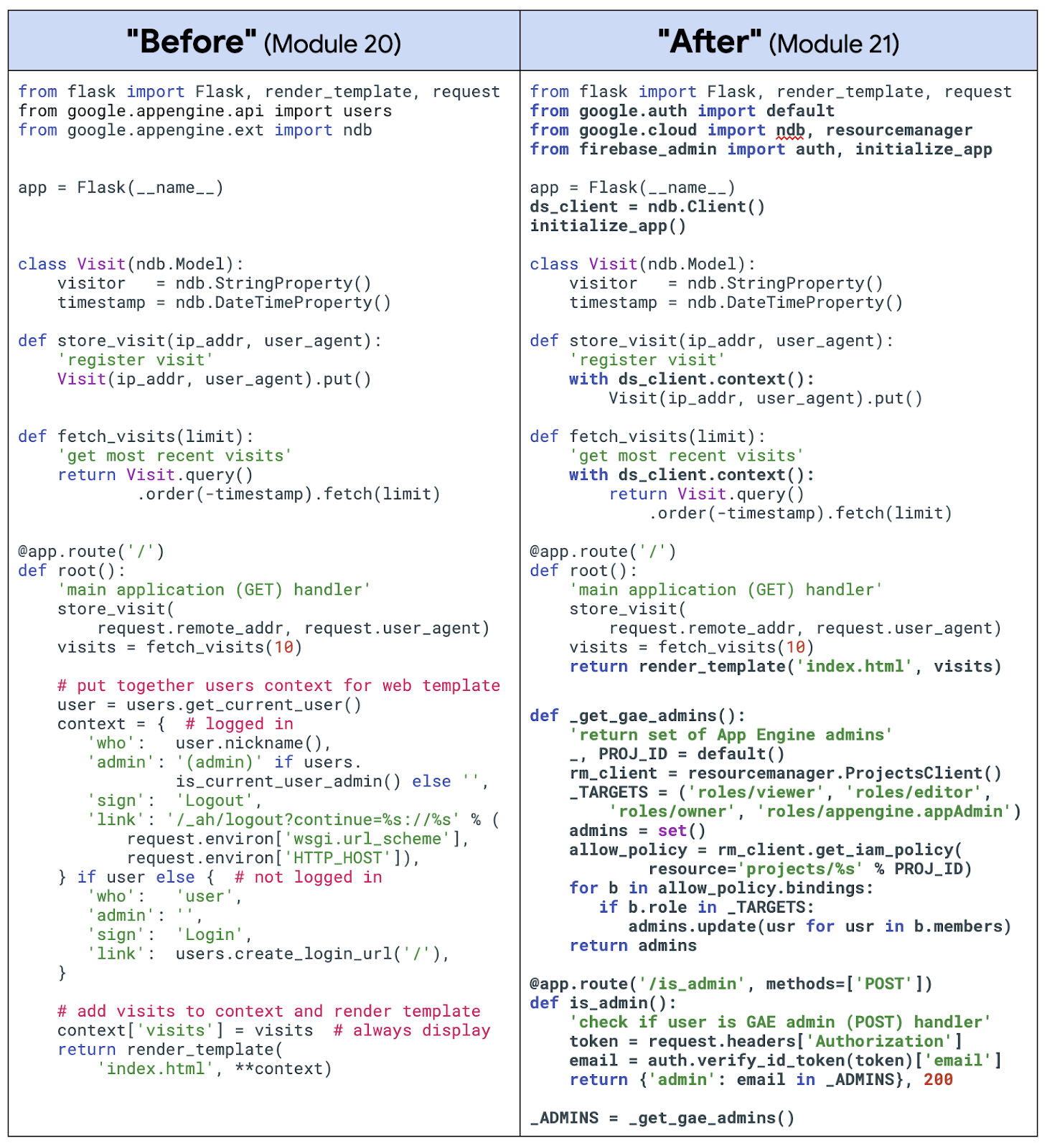Posted by Parul Tyagi, Developer Marketing
Every month, over 2.5 billion people visit Google Play to discover millions of apps and games, which are created by people with all sorts of backgrounds, who founded companies big and small.
#WeArePlay celebrates this community of people building apps and games businesses, with monthly spotlights of founders from across the world.
Last summer we went on a virtual tour of the USA, sharing stories from every state, and today we’re continuing our tour across the world with our next stop: India.
To kick us off, we are spotlighting 20 stories from across the country, with many more coming throughout the year.
First, we begin with Pramit from Gurugram, Haryana. He was climbing the corporate ladder when medication he was taking damaged his retina, therefore losing his vision. No longer able to read, he required help from friends and family to perform daily tasks. One day, when a friend was booking a driver for him, Pramit got the idea to create a tool that could function exactly like a virtual friend through voice-activated commands. Using his app Louie Voice Control, people can operate other apps using their voice, making technology infinitely more accessible for the visually impaired.
Next, meet Sourav and Gunjan from Kolkata, West Bengal. When Sourav and Gunjan had their son, they noticed how fascinated he was watching videos on their phones. This gave Gunjan the idea to provide meaningful screen time for him by making educational games for young children. Fast forward to today and they have 42 apps, including Yoga for Kids where youngsters follow along with simple yoga poses and unlock animated pets as rewards.
Now onto Tejas from Rajkot, Gurajat. He was always determined to go his own way in life and pursue programming, rather than his family's construction business. After discovering how popular cooking games are, his company TheAppGuruz makes versions catered specifically for Asian audiences - with some full of Indian dishes and specialties. Now, Tejas and his team are developing more cooking simulation titles, as well as traditional board games for a global audience.
And last but not least, Anshul and Rohan from Mumbai, Maharashtra. After bonding over their experiences in overcoming mental health struggles, they discovered they had the same goal: to create something in the mental wellness space. So they built Evolve - an app with guided meditations, breathing exercises and daily affirmations. During the pandemic, the pair realized the LGBTQ+ community was one of the most underserved in mental health support, so they adapted Evolve to meet their needs.
Check out all the stories now at g.co/play/weareplay-india and stay tuned for even more coming soon.


























